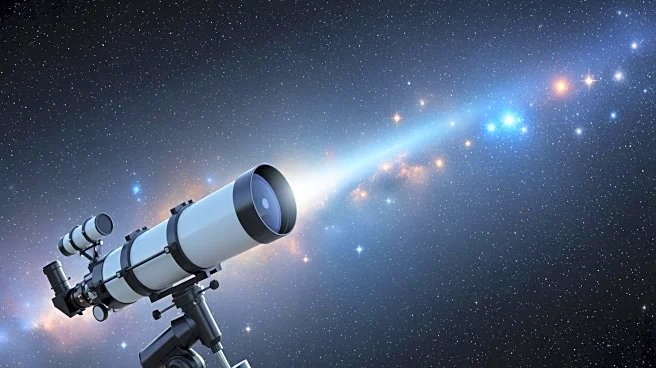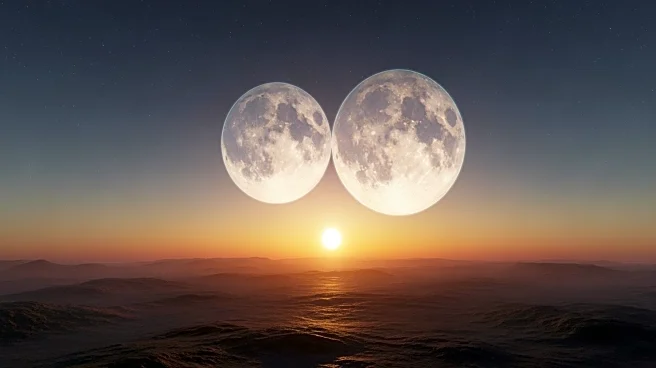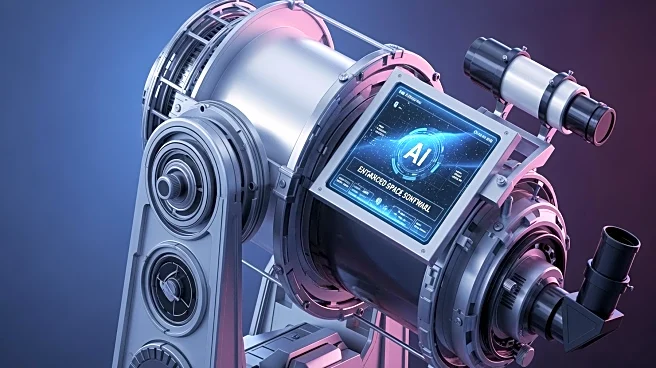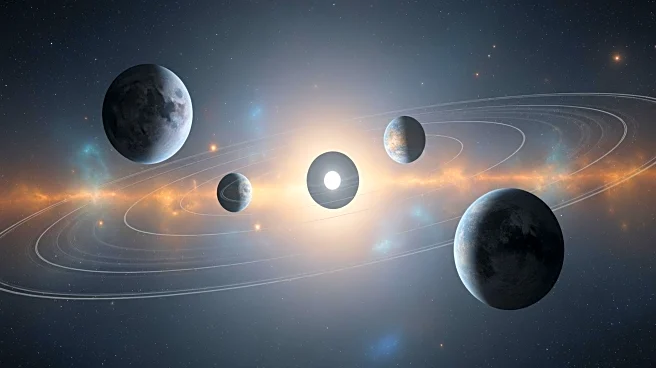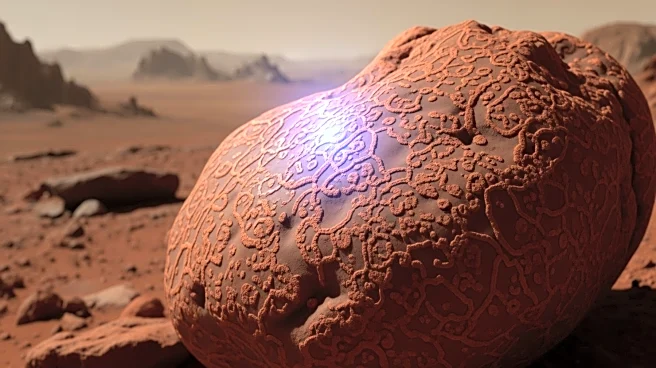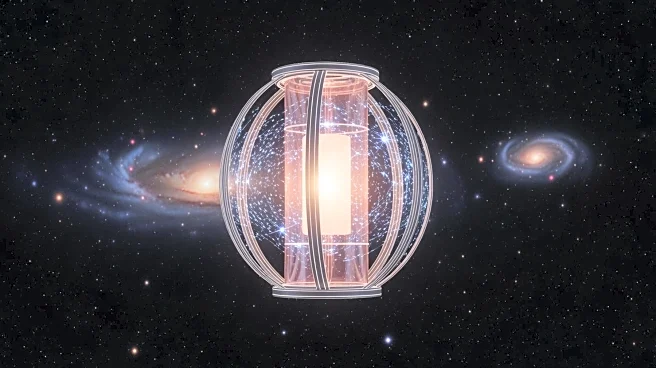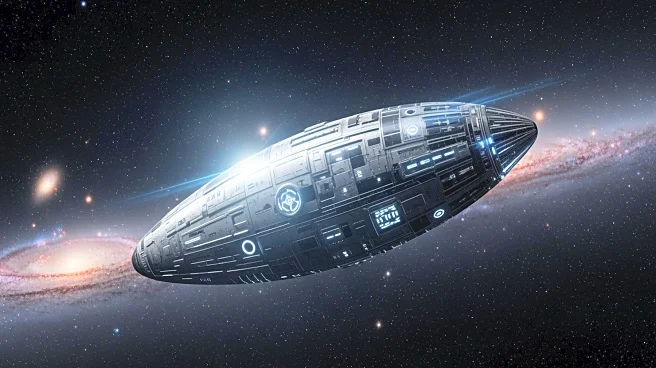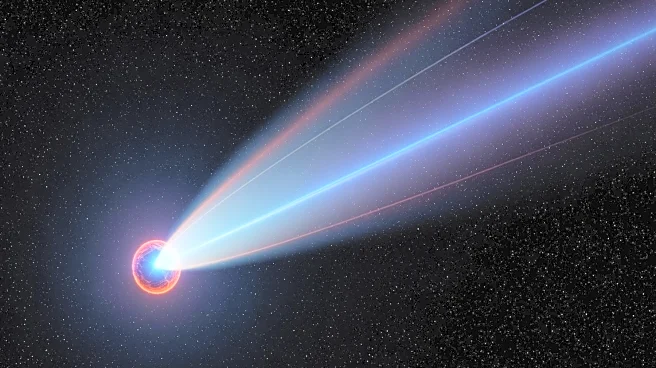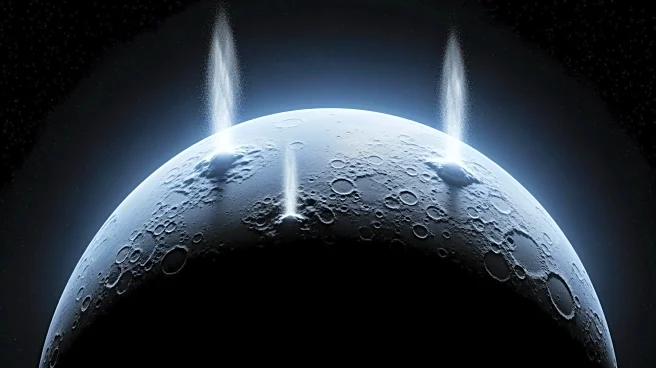What's Happening?
Astronomers are intensifying efforts to discover Earth-like planets beyond our solar system, driven by the landmark discovery of 51 Pegasi b in 1995. This gas giant, orbiting its star in just over four
days, challenged existing planetary formation theories and led to the identification of thousands of exoplanets. The quest for an Earth twin—a planet similar in size, mass, and temperature to Earth—remains a priority. Researchers utilize advanced spectrographs like Harps-N to measure starlight and detect exoplanets, while space telescopes such as Kepler and Tess have cataloged diverse planetary systems. Despite technological advancements, finding a true Earth analog continues to be elusive.
Why It's Important?
Discovering an Earth-like planet could revolutionize our understanding of planetary systems and the potential for life beyond Earth. It would provide insights into the formation and evolution of planets, offering clues about the conditions necessary for life. The search for exoplanets also drives technological innovation in astronomy, enhancing our ability to explore the universe. The implications extend to philosophical and ethical considerations about humanity's place in the cosmos and the possibility of extraterrestrial life.
What's Next?
The international collaboration is developing Harps3, a dedicated instrument to be installed at the Isaac Newton Telescope, aiming to discover an Earth twin within the next decade. Continued advancements in detection methods and international cooperation are expected to enhance the search for habitable planets. Researchers will focus on refining techniques to measure planetary mass and radius, crucial for identifying Earth-like conditions.
Beyond the Headlines
The search for exoplanets raises ethical questions about the exploration and potential colonization of other worlds. It also prompts cultural reflections on humanity's quest for knowledge and the impact of scientific discoveries on societal beliefs. The pursuit of Earth-like planets challenges existing paradigms and encourages interdisciplinary dialogue on the future of space exploration.
